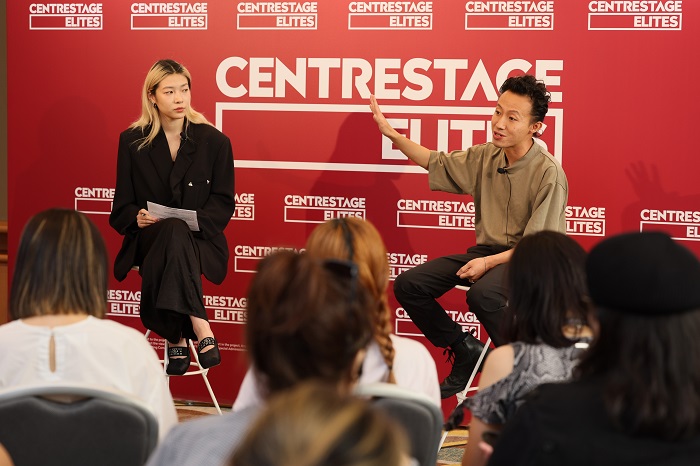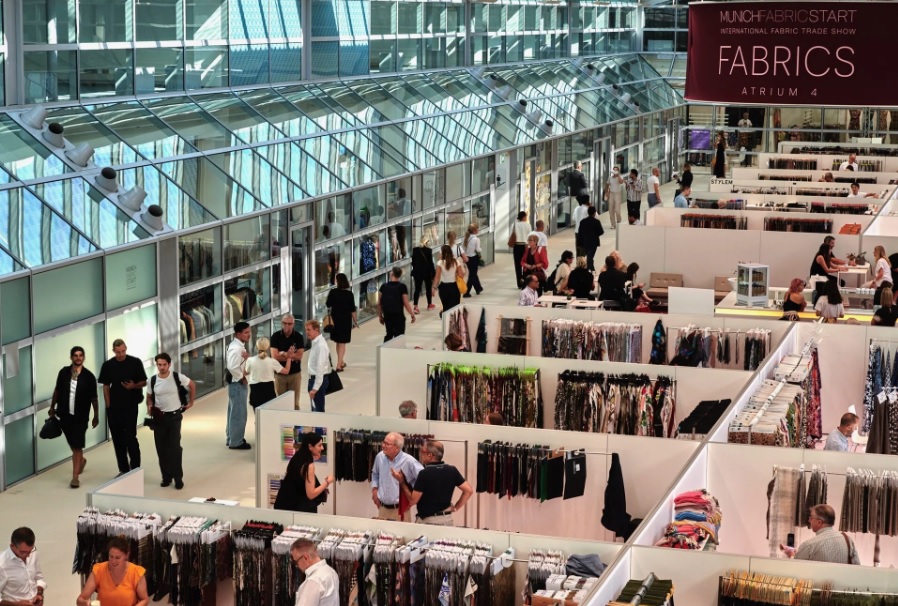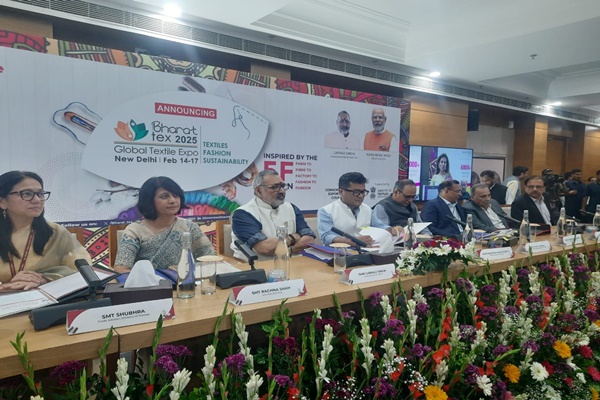
The whirring of sewing machines fills the air once more in Bangladesh's garment factories, signaling a cautious return to normalcy following a period of political turbulence. The industry, which contributes a staggering 83% to the nation's export earnings, has been grappling with the fallout of widespread protests that led to the ousting of Prime Minister Sheikh Hasina.
Resumption of prduction and the road to recovery
"We lost a total of four days," laments Miran Ali, Vice President of the Bangladesh Garment Manufacturers and Exporters Association (BGMEA). "It is too early to make an estimate of the loss. There was little physical damage to factories, but the disruption has been significant." The BGMEA estimates that the four-day shutdown has cost the industry upwards of $1 billion in lost production.
Factories supplying major Western brands such as H&M, Zara, and Carrefour were forced to close their doors during the unrest. H&M, which sources from around 1,000 factories in Bangladesh, has assured its suppliers that it will not seek discounts due to the delays. "We welcome the steps that have been taken toward greater stability in Bangladesh," an H&M spokesperson told Reuters. "Our suppliers' factories are gradually reopening."
Workers eager to return
For the millions of garment workers in Bangladesh, mostly women, the reopening of factories is a welcome relief. "We are poor people depending on daily wages and overtime," says Razia Begum, an employee at Urmi Garments in Dhaka. "If we sit back home, how can we run our families?"
Global supply chain disruptions and shifting dynamics
The unrest in Bangladesh has sent shockwaves through the global garment industry. Hula Global, an Indian apparel producer, has announced that it will be redirecting production for the rest of the year from Bangladesh to India to avert risk.
Pankaj Tuteja, head of operations at Dragon Sourcing, a firm that helps companies find suppliers, believes that while major brands like Zara and H&M are likely to stick with Bangladesh, some smaller firms may look elsewhere. "Once the client, then the factories, have invested so much time and money they will not just immediately run back, even when there's political stability," he says. "That can have a long-term impact for Bangladesh."
Opportunities for competitors and long-term implications
The crisis in Bangladesh has created opportunities for other garment-producing nations, particularly India. According to a report by CareEdge, India could gain monthly export orders worth $200-250 million in the short term and around $300-350 million in the medium term.
Krunal Modi, Director at CareEdge Ratings, believes that India is well-positioned to capitalize on the situation. "The recent budget announcement on skilling programs and the potential Free Trade Agreements with the UK and the EU will further strengthen India's position in the global RMG market," he says.
The Path Forward: Rebuilding and resilience
While the reopening of factories is a positive sign, Bangladesh's garment industry faces a long road to full recovery. The country needs to restore political stability, ensure worker safety, and rebuild its reputation as a reliable supplier.
The International Monetary Fund (IMF) expects the ready-made garments industry to account for 90% of Bangladesh's $55 billion annual exports in the financial year 2024. The industry's ability to bounce back from the recent crisis will be crucial for the country's economic future.
A Turning Point for Bangladesh's Garment Industry
The reopening of Bangladesh's garment factories is a step in the right direction, but the industry remains vulnerable. The country needs to address the root causes of the recent unrest and create a stable and secure environment for businesses to thrive. Only then can Bangladesh reclaim its position as a global leader in the garment industry.












